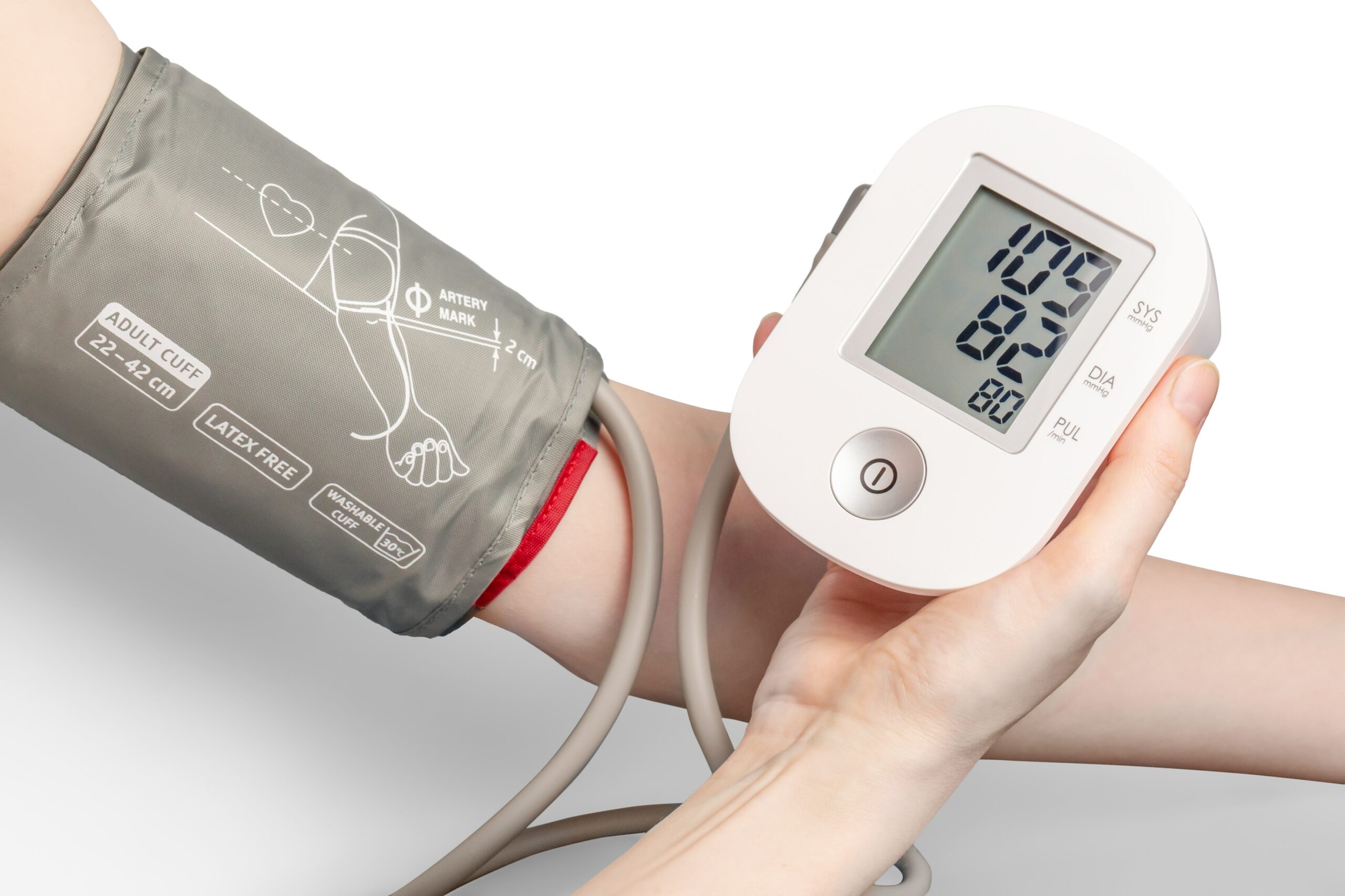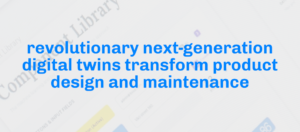I have been prescribed blood pressure medication for most of my adult life, starting in 1992 when I was in the military. My figures tended to hang around 150/90 (systole/diastole) which is considered to be risky what comes to cardiovascular health.
Blood pressure medications work in many different ways, and occasionally the body finds a way to inhibit them after a while. This is why I have used perhaps 20 different ones, and lately a combination of two. Still I needed to revise the cocktail every couple of years. Body is smart.
I have measurements of my semi-daily pressures since 2010, all safely stored on BaseN Platform. To understand the effect of different medications, and lastly weight loss and increased exercise, I wanted to make the recording process as swift as possible. I’m currently with my third BP measurement device, a slightly higher-end Omron MIT.
Surprisingly enough, most better BP devices have very limited user interface options outside the small LCD screen. Some of them can be connected to a Windows PC, while others have WiFi or Bluetooth. Usually very complicated and non-intuitive, I’d say. The LCD has clearly been designed as the primary interface. Even when it’s almost 2020.
Well, the primary interface for me is something that is sustainable and lives forever, like a spime on BaseN Platform. I want my health data to be accessible, secure and accurate, as I am much more interested in the data than the plastic device.
So I took our smallest prototype WiFi Spime Enabler, a USB cable and a standard BaseN Platform instance, and spent a good part of a day decoding the quite decent protocol the Omron MIT speaks (our coders would have done this in one hour, but this was more like a refresher for me. And yes I got some help).
Now the Enabler is on my living room table (it’s smaller than a box of matches) with a loose cable. Every time I connect the cable to the Omron device, the Enabler retrieves the data from the meter, verifies it and sends it to BaseN Platform. Most importantly, this process does not require any additional actions from me. Then when I want to see the latest results and compare them with e.g. this year, I just navigate to the spime page with mobile or laptop. This is the way smart (health) devices should work – plug in, and see data. This is the BaseN way.
PS. After reducing around 10kg weight and increasing exercise, my BP trend indicates that I can do away with BP medication in early 2020. This is one of the most motivating BaseN Platform graphs I have seen!
Missed the last nBlog? Read it here.





2 replies on “Plug-In, See Data: My Journey To Effortless EHealth Monitoring”
To the basen.net admin, Your posts are always well-written and engaging.
Dear basen.net owner, Your posts are always informative.